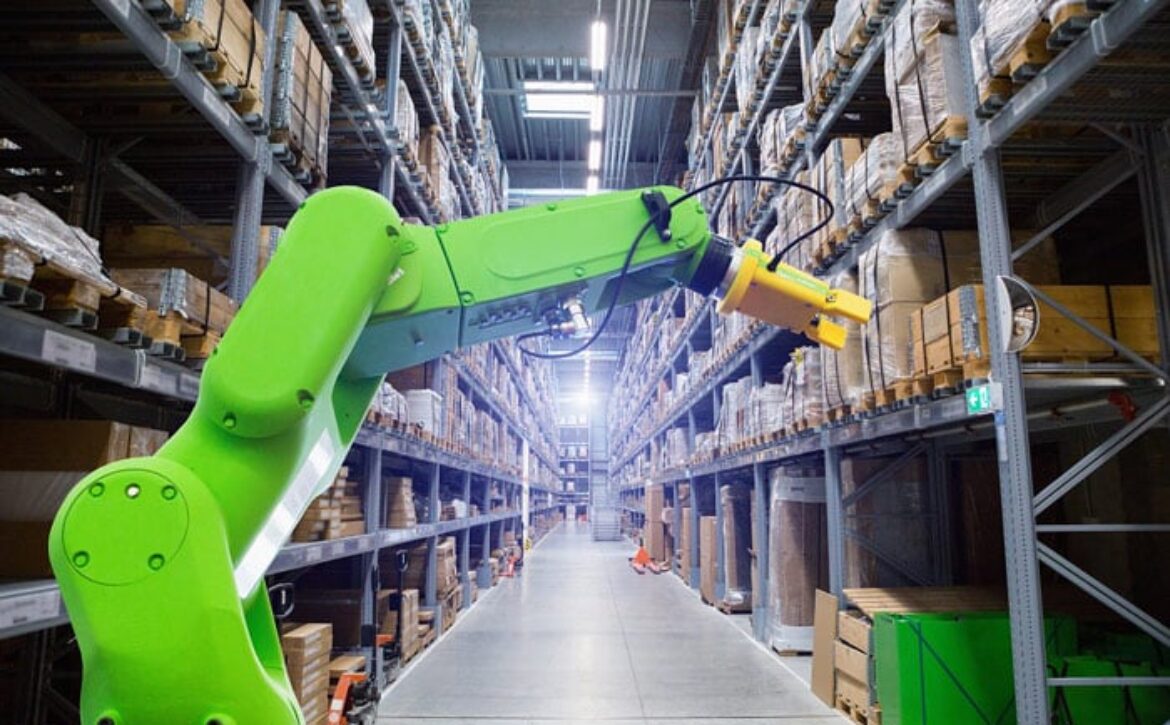How does digitalization in logistics impact the industry?
The logistics sector is one of the industries in which the digital revolution is intense, as digitalization in logistics is happening faster than expected, and many companies are seeking to introduce digitalization in logistics, which will help in business success more effectively and enhance competitiveness and stay in the market. In this article, we will discuss the impact of digitalization in logistics and how digitalization enhances supply chains and the provision of logistics services, and we will also learn about what digitalization in logistics is.
What is digitalization in logistics?
Thanks to the rapid and massive technological development that has been increased by the Covid-19 pandemic during the past year, logistics services are closer than ever to benefiting from the benefits of digital transformation
Digitalization in logistics is the process in which new technologies are applied in logistics operations in order to improve the company’s efficiency.
Thus, the integration of digital capabilities in the areas of storage and preparation of orders, as well as transportation and other logistics services.
Technology enabling digitalization in the warehouse

Technology has effectively enabled digitization in warehouses, which has helped improve warehouse operations and workflows.
One form of technology that effectively contributes to enabling digitization in warehouses is the Internet of Things, automation systems and robotics.
Companies can shift towards digital warehouses simply by outsourcing 3PL which provides the best digital logistics services and most importantly digital warehousing.
4 Steps to Digitizing Your Logistics Execution
Logistics service providers are adopting digitalization in the provision of their services, due to the effect of technology in global supply chains.
And there are a number of steps that will help you in implementing digitization in logistics.
The following are the most important steps that your company needs to be able to carry out digitalization in logistics:
1. Understand and accurately identify the challenges facing your company’s operations
Identifying and understanding the challenges in your operations will help you easily enter digitalization in logistics, which will contribute to reducing waste and increasing efficiency.
This is in addition to increasing the speed of work and reducing costs, as recent experiences have proven that companies that integrate digitization in their operations contribute to improving their service levels and reducing their costs.
2. Determine precisely where you want to go with digital transformation
That is, think about your future and what you want to achieve with digitalization in logistics, which will help you determine your ideal future situation.
This enables you to view the latest ideas about digital transformation, as well as learn the most important principles you need in applying digitalization in logistics.
3. Create a list of features you need as part of your digital transformation of operations
After you get to know the problems you encounter while performing digitalization in logistics, you will then need to look for appropriate solutions to those problems.
You can do this by reviewing your strategy as well as the type of technology you need to implement digitalization in logistics.
And do not forget to keep in mind the advantages that the use of modern technologies in your work can bring to you,
Which will provide you with a lot of predictive analytics that will enhance your business in the future.
4. Choose Logistics Execution Technology Vendors who can meet your need
You will need to look for the best Logistics Execution Technology Vendors who can provide you with complete Logistics Execution solutions, and partner with them.
So that their technology integrates with other hardware and software in the least time as well as an appropriate cost for your business and its size, which reflects positively on your business.
Digital transformation in transportation and logistics

Companies are using digital transformation in transportation and other logistics services, due to its great benefits and its positive impact on various operations.
The digital transformation of transportation and other logistics services has helped companies improve their operations and increase their productivity significantly.
This is in addition to its great role in meeting customer expectations and better decision-making, by relying on modern applications and technology that facilitated a lot of business.
How Digitization is Transforming Logistics Services
Digitization is working remarkably and effectively in transforming logistics services and making them more efficient, as digitization, with its modern technologies, contributes to reducing costs and increasing product availability.
It also enhances logistics services, which leads to an increase in available markets and trade opportunities.
Whereas, the introduction of digitalization in logistics makes supply chain management completely different,
As advanced robotics and artificial intelligence (AI) have greatly advanced the provision of logistics services.
As a result, supply chains have become more sophisticated, fluid and profitable, and digitization has also helped to automate monotonous warehousing and manufacturing tasks.
Therefore, the impact of digitalization in logistics is significant and contributes to enhancing the flexibility of supply chains as well as allowing quick access to data and information.







